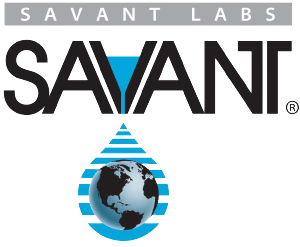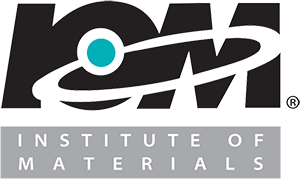"Turbocharger Deposits and Engine Deposits - A Duality: II - Bench Test Studies of Engine Piston Deposits"
Presented at Technische Akademie Esslingen (TAE) Tribology Colloquium, Germany - 2010
2010
Written by T.W. Selby, Savant, Inc.
-- Technische Akademie Esslingen Tribology, Stuttgart/Ostfildern, Germany, January 20, 2010
Abstract: The problem of engine deposits caused by oxidation, thermal degradation, and other forms of engine oil decomposition during its service in the engine has been a challenge since the development of the now-ubiquitous Otto-cycle engine a century and a half ago. The problem has led to progressive development of decomposition-resistant engine oils as engine design has made the engine increasingly dependent on the engine oil to provide adequate deposit protection and, at the same time, a harsher environment for the oil. A critically important area of deposit formation is the right-belt area where small amounts of lubricant are subject to the hot and chemically active blow-by gases of combustion. Prevention or slowing of deposits in this area is important in obtaining engine dependability, efficiency, and durability. Over the years, subjective methods of visual appraisal and rating of the condition of pistons after engine or field tests have been the principle means of determining engine oil resistance to such deposit formation. This paper presents the development and application of an objective tests - the TEOST MHT protocol - a gravimetric bench test of the susceptibility of engine oils to piston ring-belt deposits. It also compares the deposit response of over two thousand engine oils collected around the world in this TEOST MHT bench test.




